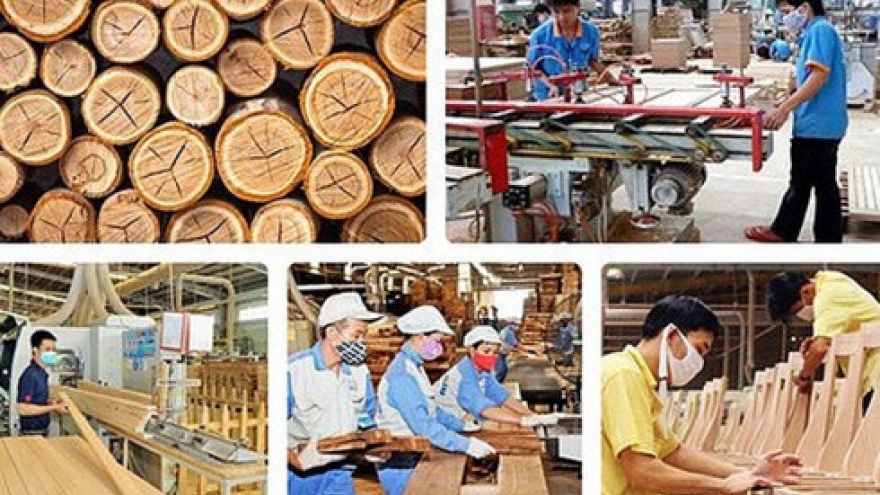Illegal timber imports from Cambodia threaten woodwork industry
Vietnam’s woodwork industry benefits from ‘clean’ supply sources, not from illegally imported timber from Cambodia, experts have warned.
 |
| Vietnam's woodwork industry benefits from clean timber sources |
The VPA will help Vietnam export its wood products directly to European markets without any intermediary markets. However, it strictly prohibits the import of illegally produced timber to Vietnam.
Meanwhile, analysts said the risk of illegal timber is still high, especially because it is difficult to control imports from Cambodia. The General Department of Customs (GDC) said imports from the country are on the decrease, 435,000 cubic meters in 2018 and 210 cubic meters in the first nine months of 2018.
A survey on imports from Cambodia conducted by the Vietnam Timber Association, with funding from Forest Trend, found problems in the supply chain.
Ouch Leng, the Cambodian environmentalist, thinks that the enforcement of the Cambodian government’s policies on forestry has been ineffective. He said that illegal exploitation and smuggling still occur. Illegal wood is still being exported from Cambodia to China and Vietnam.
The expert said illegal exports to Vietnam fell only in 2015, when Cambodia prepared for an election, and then escalated again.
Meanwhile, Vietnam’s state agencies and importers all say they have made every effort to cut the supply source.
“We only grant import licenses if enterprises can show CITES (United Nations' Convention on International Trade in Endangered Species of Wild Fauna and Flora) export licenses issued by Cambodian agencies,” said deputy director of the Gia Lai-Kon Tum Customs Agency Le Thi Thanh Huyen.
Illegal Cambodian imports to Vietnam mostly go through Le Thanh Border Gate in Gia Lai province, but Huyen said that imports have been decreasing.
He cited a report as saying that the tax collections from timber imports in Gia Lai province in 2018 totaled VND50 billion, lower than the VND120 billion in 2017.
The survey also discovered a legal loophole and problems in policy implementation. The deputy director of the Gia Lai agriculture department and head of the provincial forest rangers’ unit Nguyen Nhi said that his agencies do not have exact figures and information about the legality of timber imports from Cambodia to Gia Lai.
Experts warn that the risk from a ‘small supply source’ could lead to the collapse of Vietnam’s woodwork industry, even though Vietnam’s woodwork export volume has been increasing over the last 25 years.
The Ministry of Planning and Investment (MPI) reported that as of December 20, 2018, European investors had 2,194 valid projects worth $24.3 billion in Vietnam.


